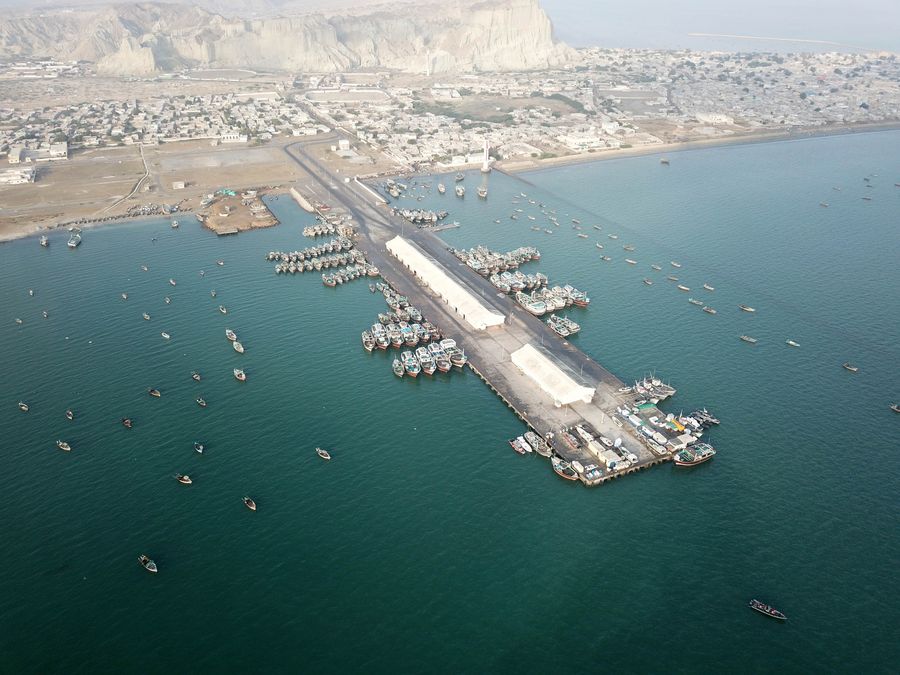
Chabahar port lies just 100 kilometres from the Pakistan border. Tehran this year proposed Islamabad connect Chabahar and Gwadar by road and rail links. View of Chabahar port in Iran, 100 kilometres from Pakistan (Photo: Diethelm Scheidereit/Flickr)Ĭontrary to India’s plan to develop Chabahar as competitor to Gwadar port, Iran wants the two ports to complement each other. New Delhi’s connectivity plan with Afghanistan and Central Asia goes through Chabahar port, yet Chinese involvement in Chabahar as investor or developer would enhance its influence in the Indian Ocean, Middle East, and the region as a whole. China’s involvement in Chabahar – even just as a presence – would be an immense strategic loss to India. Yet Iran has invited not only Pakistan but also China to participate in the Chabahar seaport project and development of its link with Gwadar Port. As China develops Gwadar port on the south-western coast of Pakistan, Chabahar port in south-eastern Iran fills India’s strategic need. As far back as January 2003, India and Iran signed the New Delhi Declaration and the Road Map to Strategic Cooperation.

The quest for energy has made India and China competitors in the global energy game being played out via ports in Pakistan and Iran. Both bypass the congested pinch point that is the Strait of Hormuz. Strategically located on the Gulf of Oman outside the Strait of Hormuz, the Chabahar port provides India direct access to the Middle East, Afghanistan, and Central Asia, bypassing Pakistani territory. It offers an alternative to the Chinese-run Gwadar Port in Pakistan, another regional port that is an essential part of the CPEC. Beijing has continued importing oil from Iran, despite the sanctions reimposed by the US last year. Iran has also showed interest in building an LNG pipeline to China along the China-Pakistan Economic Corridor (CPEC), the flagship project of China’s One Belt One Road initiative.

Should China hold a crucial stake in both Gwadar and Chabahar, it is bound to reap great economic, commercial, and strategic benefits, with a presence opposite to the Strait of Hormuz and close to the Persian Gulf.


 0 kommentar(er)
0 kommentar(er)
